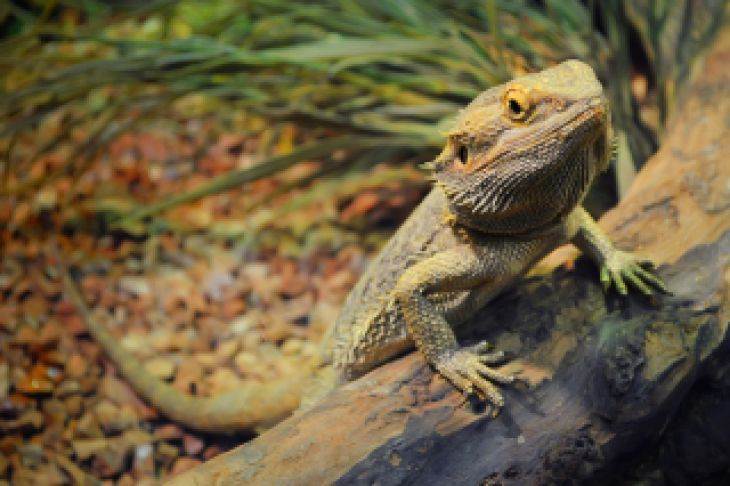As the planet gets hotter, animal and plant species around the world will be faced with new, potentially unpredictable living conditions, which could alter ecosystems in unprecedented ways. A new study from McGill University researchers, in collaboration with researchers in Spain, Mexico, Portugal, Denmark, Australia, South Africa and other universities in Canada, investigates the importance of temperature in determining where animal species are currently found to better understand how a warming climate might impact where they might live in the future.
To find out, the researchers tested the role of temperature as a factor that could limit a species’ potential habitat range. They compared the temperatures and areas where 460 cold-blooded animal species currently live to the temperatures and areas where they could live based on their tolerance to temperatures.
They found that, unlike species living in the ocean, land animals such as reptiles, amphibians and insects have habitat ranges that are less directly impacted by temperature. The higher a species is in latitude, the lower its tendency to live in areas near the equator with temperatures they could tolerate, the researchers say. This means that, instead of tolerance to temperature, negative interactions with other species – like with competitors or parasites – could be what keep these species away from this potential habitat.
“It was not surprising to find that temperature doesn’t always limit species ranges, but what was surprising was that, despite the complexity, we found general patterns in the role that temperature plays across species,” said lead author of the study published in Nature Ecology & Evolution and PhD student in the Department of Biology, Nikki A. Moore.
“This research helps us to understand general patterns in how sensitive the distributions of different cold-blooded animal species might be to changes in temperature, which will help us to predict how the global distribution of species will change because of climate change.”
A pattern that predicts species distribution
The pattern that Moore and colleagues found helps resolve two conflicting hypotheses about the distribution of life on earth.
“While it had long been thought that species ranges are less limited by temperature and more limited by species interactions in the tropics, the new work shows that higher-latitude species are increasingly excluded from their potential ranges in the tropics, supporting the idea of a trade-off between broad thermal tolerances and performance in the tropics,” said Moore.
While these results provide insights into the sensitivities of species in different realms and across latitudes to climate change, the next step for this research is to test these predictions using actual observations of species range shifts, the researchers say.
The researchers say predicting and testing how species distributions respond to temperature requires on good observations of where species live. Anyone can get involved in contributing to our knowledge of species distributions through citizen science, using applications such as iNaturalist.
About the study
Temperate species underfill their tropical thermal potentials on land by Nikki A. Moore et al., was published in Nature Ecology and Evolution.
















